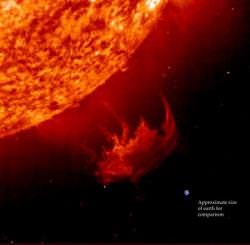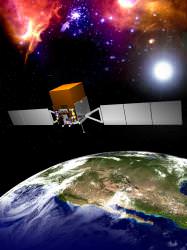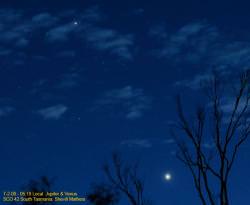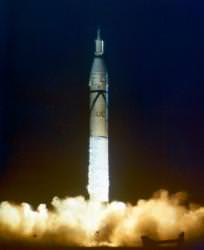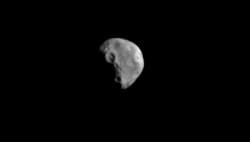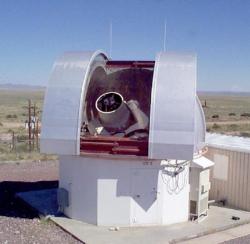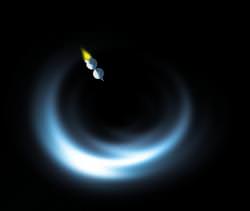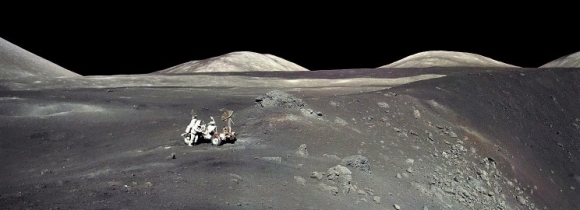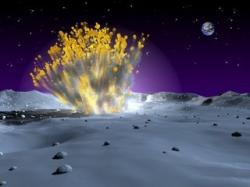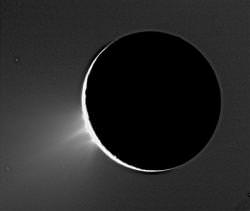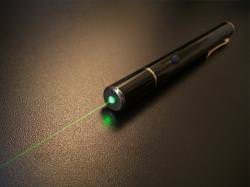The Sun is constantly losing mass. Our closest star is shedding material through the solar wind, coronal mass ejections and by simply generating light. As the burning giant begins a new solar cycle, it continues to lose about 6 billion kilograms (that’s approximately 16 Empire State Building’s worth) of mass per second. This may seem like a lot, but when compared with the total mass of the Sun (of nearly 2×1030 kilograms), this rate of mass loss is miniscule. However small the mass loss, the mass of the Sun is not constant. So, when using the Astronomical Unit (AU), problems will begin to surface in astronomical calculations as this “universal constant” is based on the mass of the Sun…
The AU is commonly used to describe distances within the Solar System. For instance, one AU is approximately the mean distance from the Sun to Earth orbit (defined as 149,597,870.691 kilometres). Mars has an average orbit of 1.5AU, Mercury has an average of about 0.4AU… But how is the distance of one AU defined? Most commonly thought to be derived as the mean distance of the Sun-Earth orbit, it is actually officially defined as: the radius of an unperturbed circular orbit that a massless body would revolve about the Sun in 2Ï€/k days (that’s one year). There lies the problem. The official calculation is based on “k”, a constant based on the estimated constant mass of the Sun. But the mass of the Sun ain’t constant.
As mass is lost via the solar wind and radiation (radiation energy will carry mass from the Sun due to the energy-mass relationship defined by Einstein’s E=mc2), the value of the Astronomical Unit will increase, and by its definition, the orbit of the planets should also increase. It has been calculated that Mercury will lag behind it’s current orbital position in 200 years time by 5.5 km if we continue to use today’s AU in future calculations. Although a tiny number – astrophysicists are unlikely to lose any sleep over the discrepancy – a universal constant should be just that, constant. There are now calls to correct for this gradual increase in the value of the AU by discarding it all together.
“[The current definition is] fine for first-year science courses. But for scientific and engineering usage, it is essential to get it right.” – Peter Noerdlinger, astronomer at St Mary’s University, Canada.
Correcting classical “constants” in physics is essential when high accuracy is required to calculate quantities over massive distances or long periods of time, therefore the AU (as it is currently defined) may be demoted as a general description of distance rather than a standard scientific unit.
Source: New Scientist

